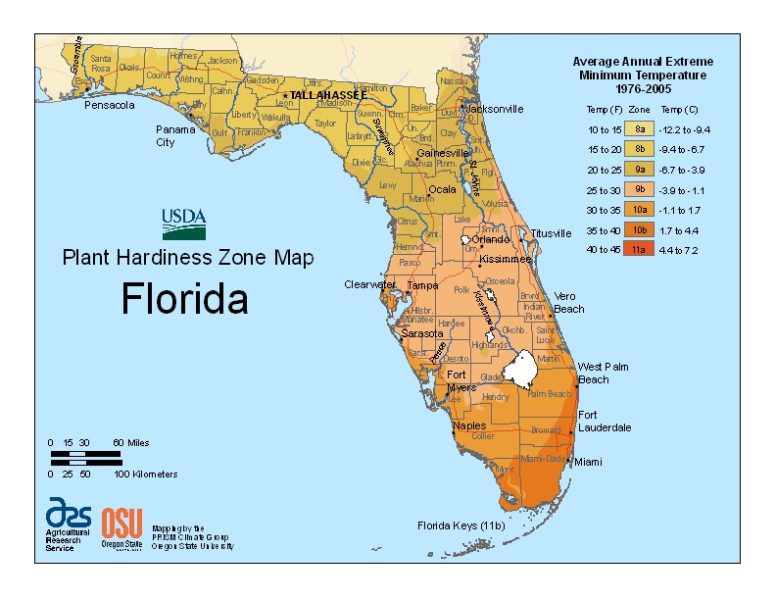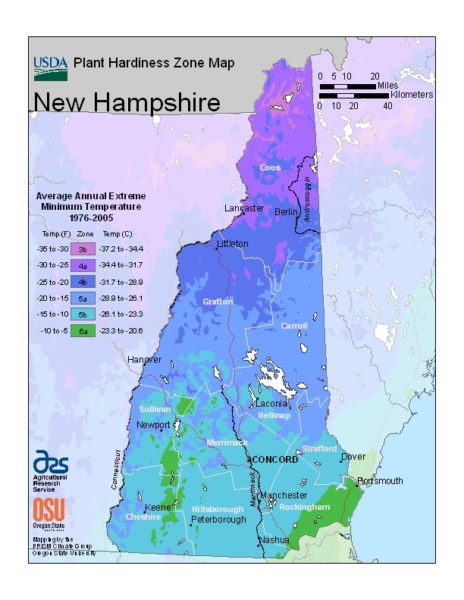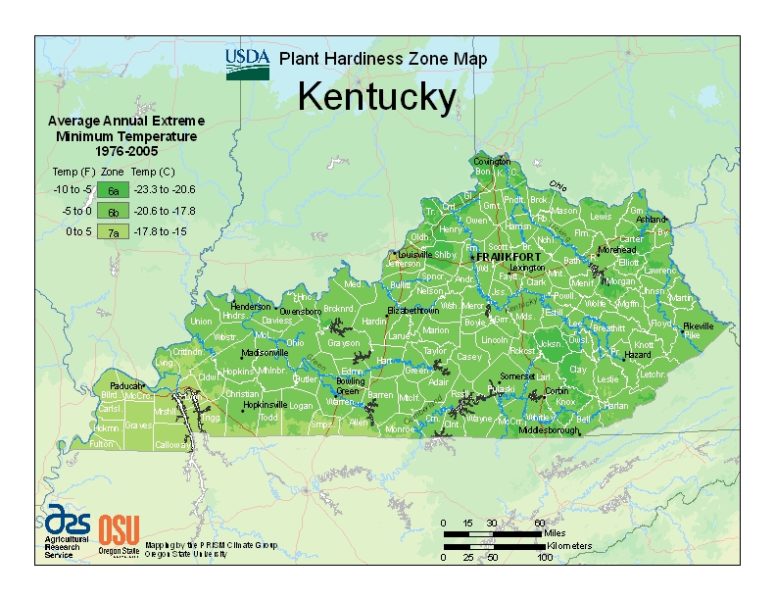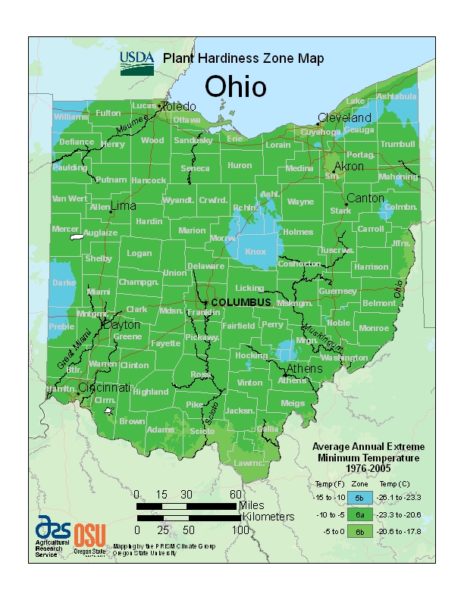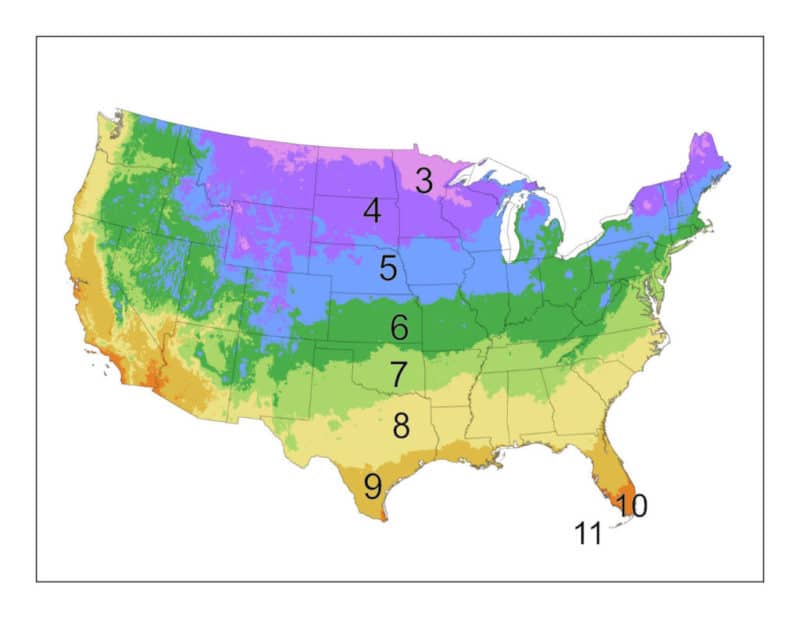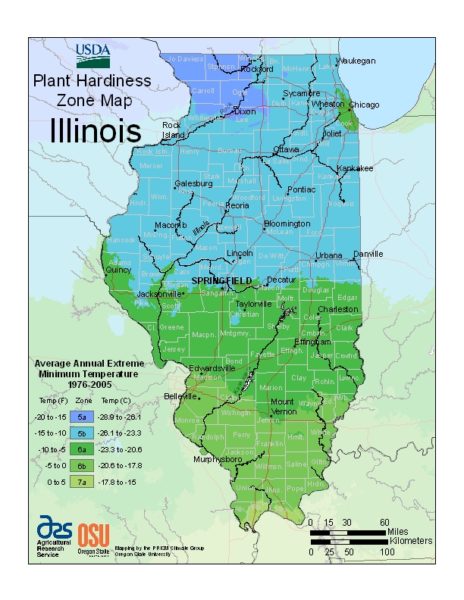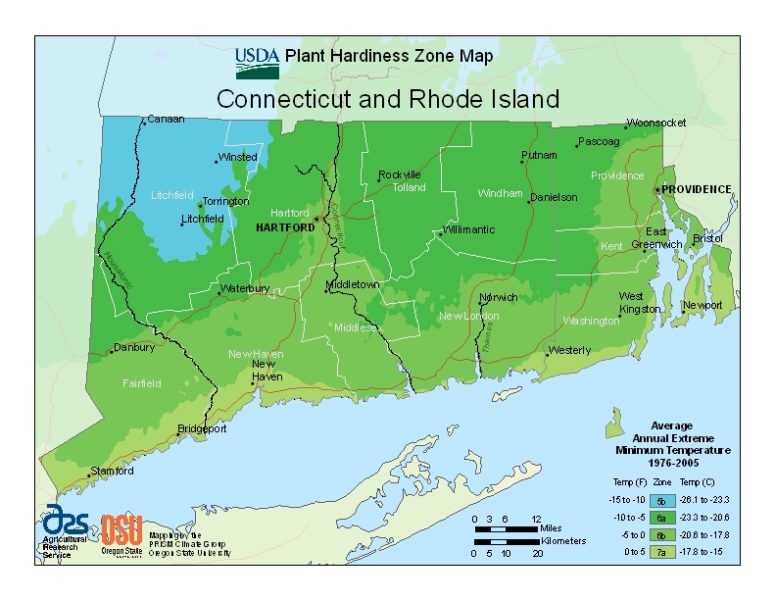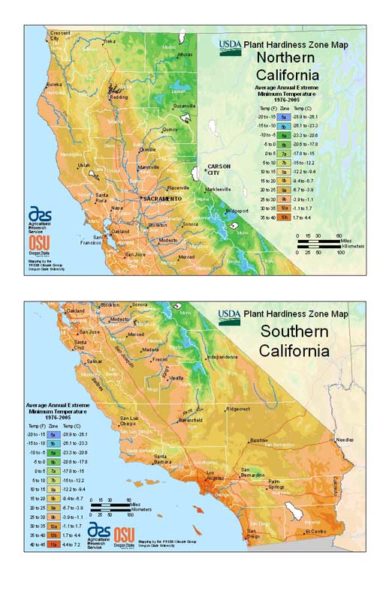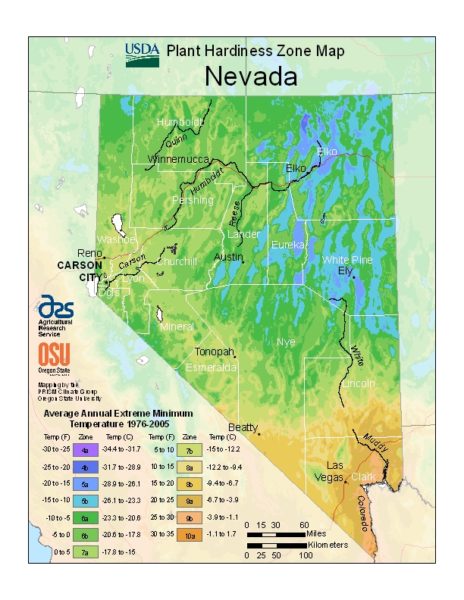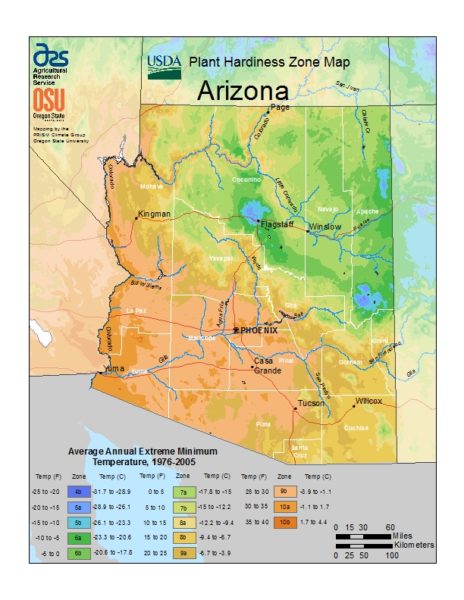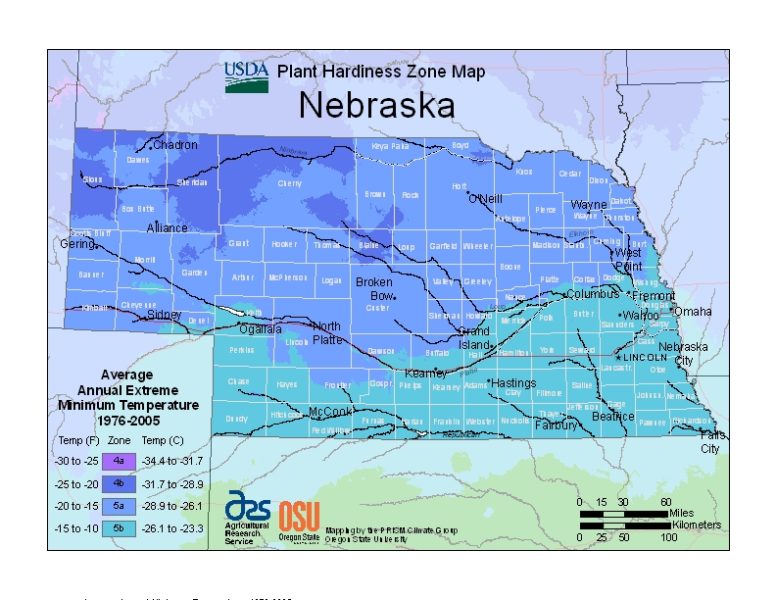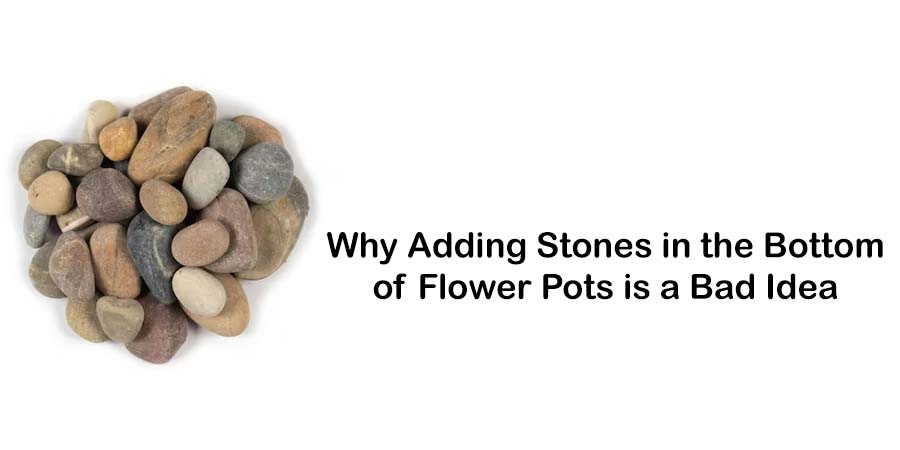
Why You Should Never Add Stones in the Bottom of Flower Pots
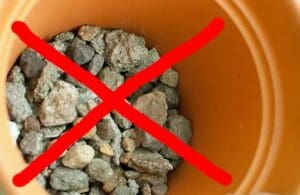 Have you ever wondered why some people swear by putting stones in the bottom of their flower pots? Perhaps you’ve been told it improves drainage or prevents soil from clogging up the pot’s holes. Well, let’s uncover the truth!
Have you ever wondered why some people swear by putting stones in the bottom of their flower pots? Perhaps you’ve been told it improves drainage or prevents soil from clogging up the pot’s holes. Well, let’s uncover the truth!
A recent trip to a local garden center included a ‘how to’ demonstration on transplanting houseplants and some perennials into a new pot. What surprised me was that they strongly encouraged everyone to never put stones in the bottom of flower pots. It turns out, it has the opposite effect many people have been led to believe.
We consulted with our Master Gardener (What is a Master Gardener?) who confirmed that the purpose of adding stones in the bottom of flower pots is not only wrong but potentially harmful to your plants.
We’ll debunk the myth and explain why adding stones to the bottom of your flower pot is more detrimental than beneficial. So, before you reach for that bag of pebbles, let’s delve into the science of soil drainage and understand why this practice should be avoided.
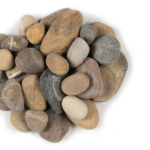 Myth Debunked: The Purpose of Adding Stones in the Bottom of Flower Pots
Myth Debunked: The Purpose of Adding Stones in the Bottom of Flower Pots
Many gardeners believe that placing stones at the bottom of a flower pot helps to enhance drainage by creating a reservoir for excess water. However, this concept is based on a misunderstanding of how soil and water interact. The truth is, that adding stones to the bottom of a pot can exacerbate drainage issues rather than solve them.
The Science Behind Soil Drainage
Healthy plant growth depends on a delicate balance between air and water in the soil. When watered, the soil should allow excess moisture to drain away while retaining enough moisture for the plants to thrive. Soil particles create small gaps or pores between them, and these spaces help facilitate both air and water movement.
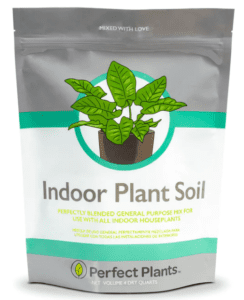
The Role of Potting Mix in Drainage
Potting mix, also known as soilless potting mix, plays a vital role in the drainage process. Unlike ordinary garden soil, potting mix is specifically formulated to provide proper aeration, drainage, and nutrient availability for potted plants. It is created using a combination of organic matter, such as peat moss or coconut coir, and inorganic materials like perlite or vermiculite.
The Consequences of Adding Stones in the Bottom
Waterlogged Roots and Root Rot
One of the primary concerns with adding stones to the bottom of flower pots is the increased risk of waterlogged roots and root rot. By creating a layer of stones, you inadvertently create a water barrier at the bottom of the pot. As a result, excess water cannot easily escape, leading to the saturation of the lower portion of the potting mix. This trapped moisture can suffocate the roots and provide a perfect breeding ground for harmful fungi, causing root rot.
How Excess Water Causes Root Rot
Root rot occurs when plant roots are deprived of oxygen due to excessive water saturation. Without adequate oxygen, the roots cannot function properly and begin to rot. This condition weakens the root system, preventing it from efficiently absorbing water and nutrients. As a result, the plant’s overall health declines.
Poor Drainage and Compact Soil
In addition to promoting root rot, adding stones in the bottom of flower pots can also cause poor drainage and compact soil. As water accumulates at the bottom, the soil above it becomes compacted over time. This compaction hinders proper drainage and restricts the roots from accessing oxygen and nutrients. The compacted soil can lead to stunted plant growth, deficiencies, and overall poor vitality.
Impact on Plant Growth and Nutrient Absorption
When the potting mix is poorly aerated and compacted, plant roots struggle to explore the soil and establish a strong root system. This limits the plant’s ability to absorb nutrients, resulting in stunted growth and diminished productivity. Without proper airflow and water drainage, the soil can also become nutrient deficient over time, leading to further nutrient uptake issues for the plant.
Alternative Methods for Improving Drainage
Rather than relying on the flawed technique of adding stones to the bottom of your flower pots, consider these alternative methods to enhance drainage and promote healthy plant growth.
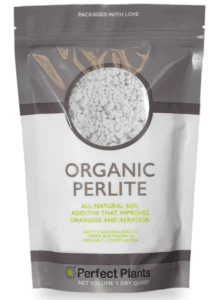
Using Drainage Materials in Potting Mix
To improve drainage, incorporate porous materials like perlite, vermiculite, or pumice into your potting mix. These additives increase airflow and create additional pore spaces in the soil, allowing excess water to drain more effectively. As a result, you’ll maintain a well-balanced soil structure without the need for stone layers.
Creating Drainage Holes in Pots
Another effective solution is to create drainage holes in your pots. Ensure that your pots have sufficient drainage holes to allow excess water to escape freely. The number and size of the holes depend on the pot’s dimensions and the plants you’re growing. As a general rule, larger pots require more drainage holes to prevent waterlogging.
Ideal Pot Size and Number of Holes
Consider the size of your plant and its water needs when selecting a pot. The larger the plant, the larger the pot and the more drainage holes it should have. For smaller plants, one or two drainage holes of adequate size will typically suffice. However, for larger plants, consider multiple holes evenly distributed in the bottom of the pot.
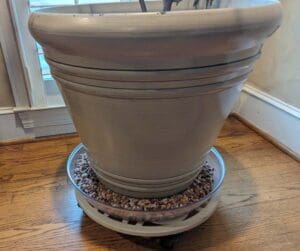 Elevating Pots or Using Pot Feet
Elevating Pots or Using Pot Feet
Elevating your pots slightly above the ground or using pot feet can help improve airflow and drainage. This simple adjustment allows excess water to escape through the pot’s drainage holes more effectively, reducing the risk of water accumulation at the bottom. Elevating pots also prevents potential damage caused by direct contact with cold surfaces and promotes airflow to the root system.
The Importance of Proper Watering Techniques
While proper drainage is crucial, it is equally important to adopt proper watering techniques to prevent issues like overwatering and underwatering.
Signs of Overwatering and Underwatering
Overwatering is a common mistake that can lead to root rot and plant stress. Signs of overwatering include wilted leaves, yellowing foliage, and a foul smell emanating from the potting mix. On the other hand, underwatering can cause symptoms such as drooping leaves, dry soil, and discoloration. Understanding these signs can help you adjust your watering routine accordingly.
Tips for Watering Your Plants Correctly
To water your plants correctly, follow these tips:
- Assess the moisture level using your finger or a moisture meter before watering.
- Water deeply, allowing the water to reach the roots fully.
- Ensure the potting mix is moist, but not waterlogged.
- Water again only when the top inch of the potting mix feels slightly dry.
- Adjust watering frequency based on plant needs, environmental conditions, and pot size.
Selecting the Right Pot and Potting Mix
Choosing the appropriate pot size and potting mix is essential for healthy plants and optimal drainage.
Choosing the Appropriate Pot Size and Material
When selecting a pot, consider the size of your plant and its growth potential. Plants need sufficient room for their roots to grow and remain healthy. Avoid pots that are too large, as excess soil can hold excess moisture, leading to root rot. Additionally, consider the material of the pot; porous materials like terracotta allow for better airflow and provide natural drainage.
Understanding Potting Mix Ingredients
Lastly, pay attention to the ingredients in your potting mix. Read the labels and understand the purpose of each component. Look for mixes that have good drainage properties and are suitable for the types of plants you intend to grow. A well-chosen potting mix promotes healthy root development and helps maintain optimal moisture levels.
Shop potting soils and fertilizers
Conclusion
Adding stones in the bottom of flower pots is an outdated practice with adverse consequences for plant health. By debunking the myth and understanding the science behind soil drainage, we have learned the importance of proper potting mix, adequate drainage, and watering techniques. Remember, healthy plants thrive in well-aerated soil with balanced moisture levels. So, next time you’re potting your favorite flowers, skip the stones and opt for methods that truly promote vibrant growth and longevity.
Frequently Asked Questions About Adding Stones in the Bottom of Flower Pots
- Most Popular Spring Blooming Evergreen Shrubs - March 6, 2025
- UPDATE! Unboxing Houseplant From Perfect Plants Nursery - March 5, 2025
- Winter Landscape Tips: How To Get A Head Start On Spring - January 6, 2025


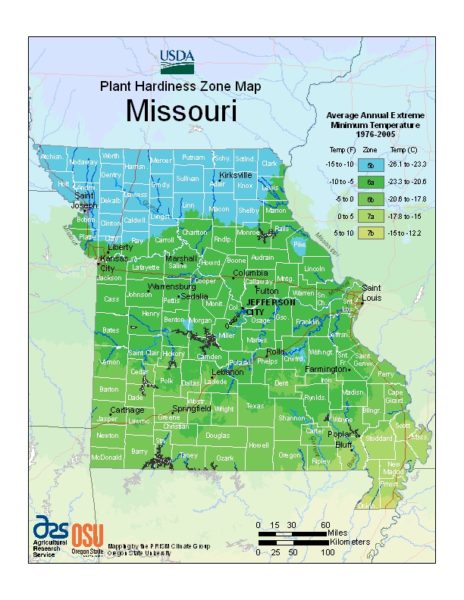

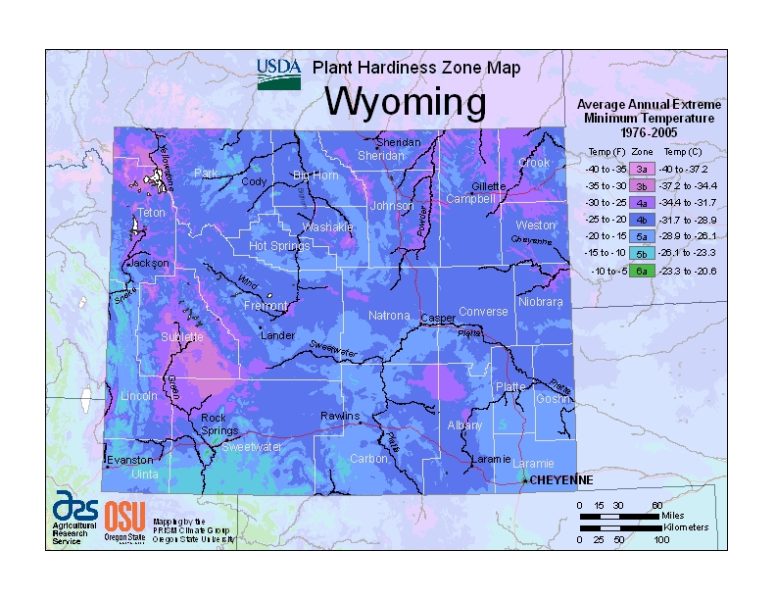

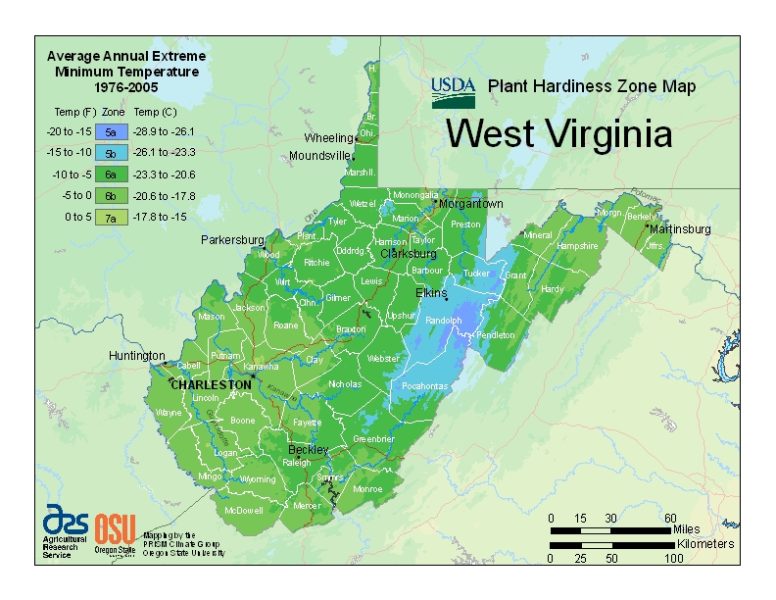



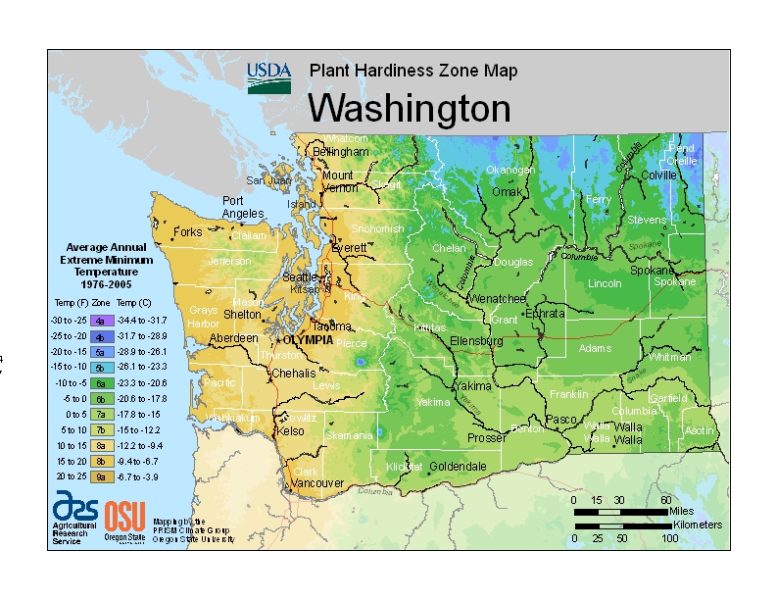
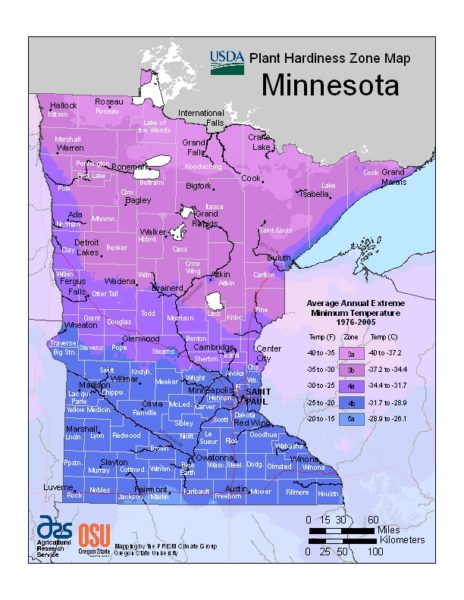





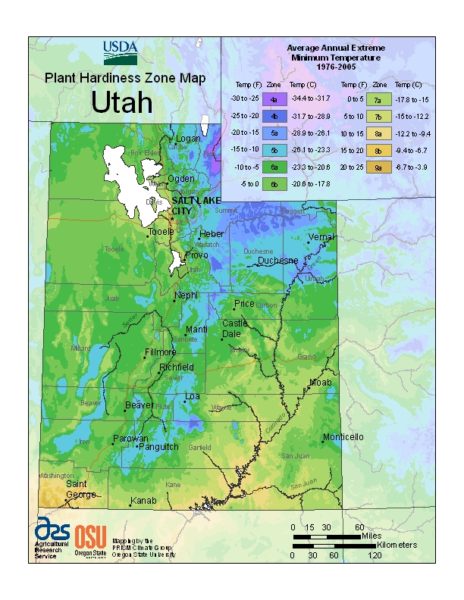
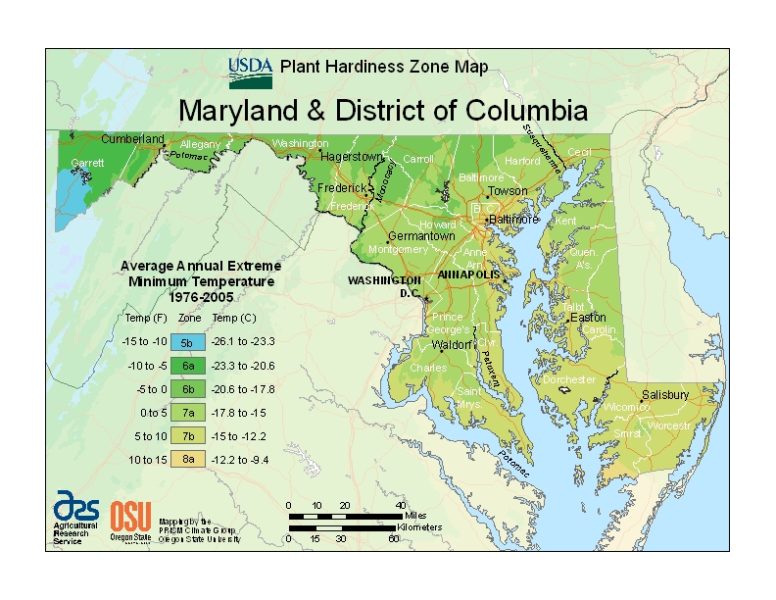





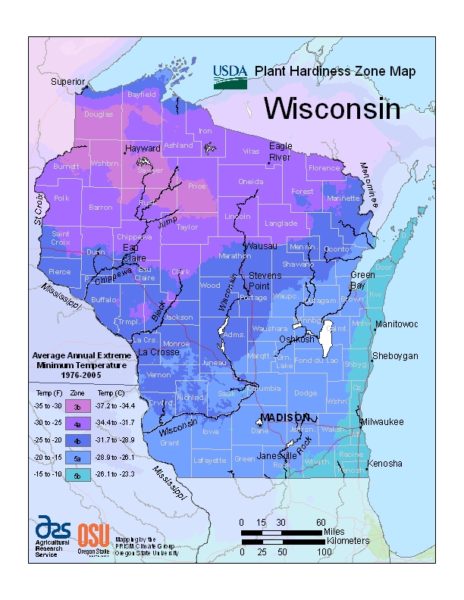 Wisconsin
Wisconsin